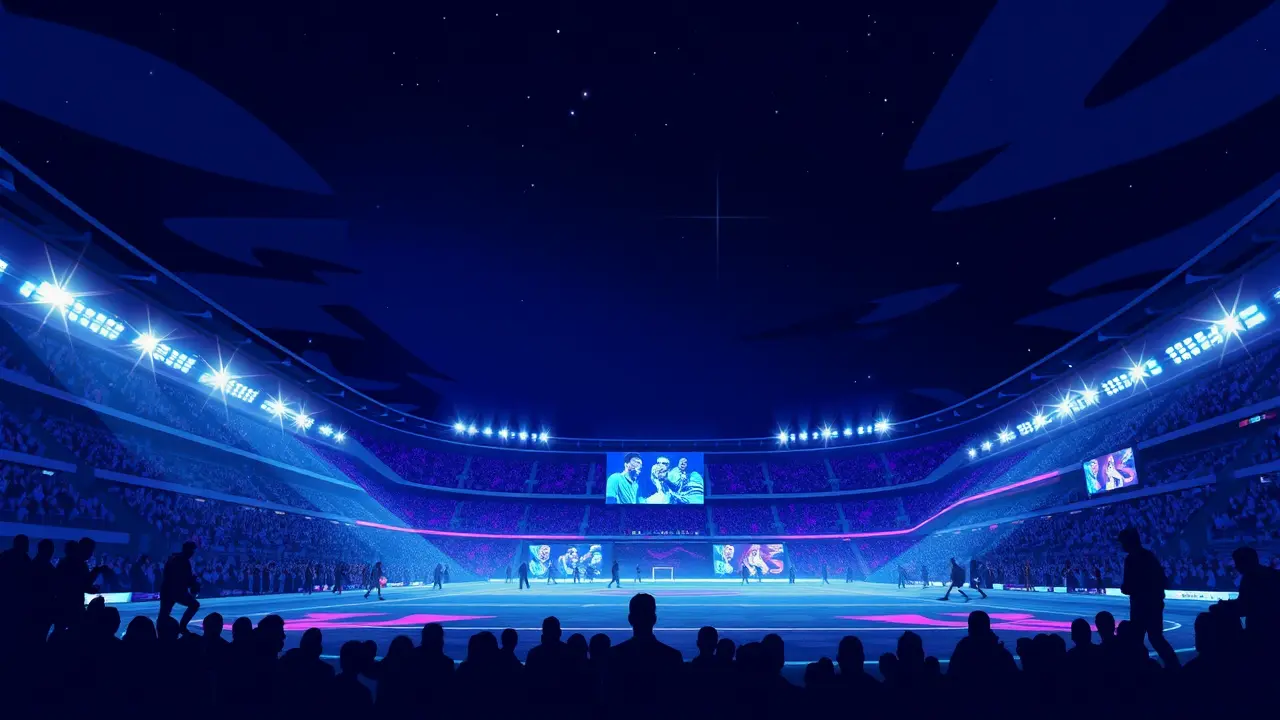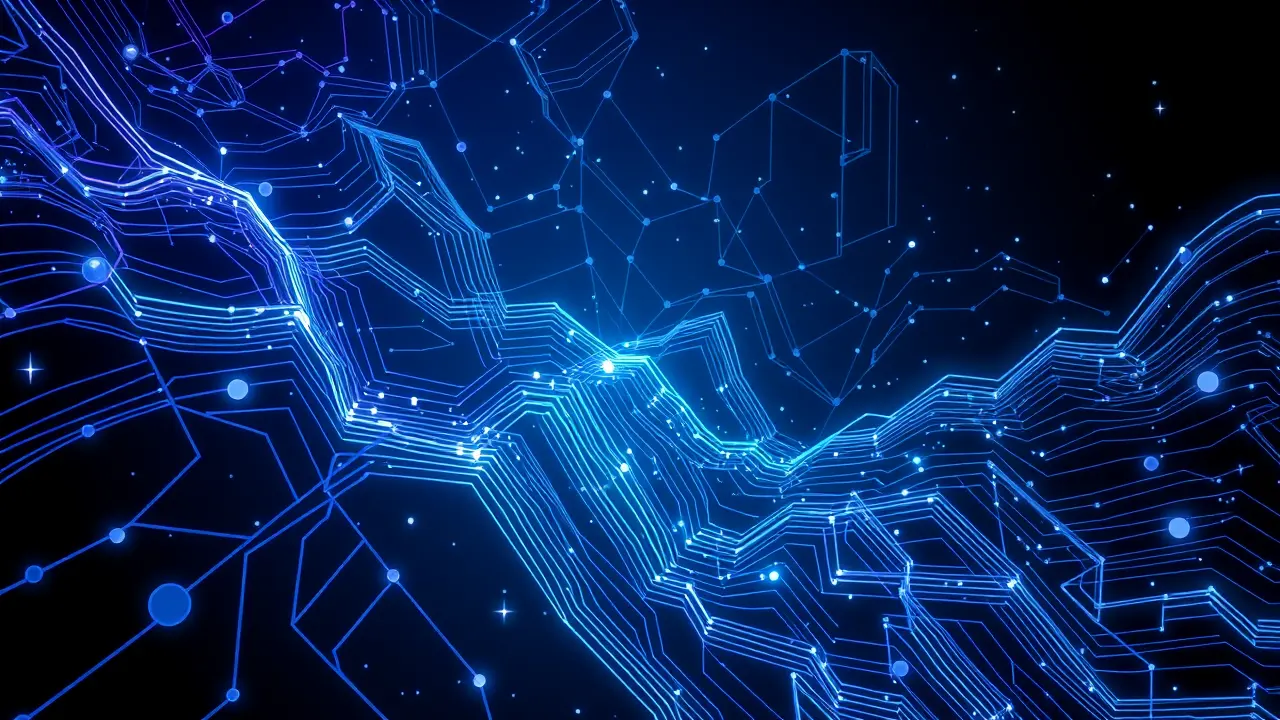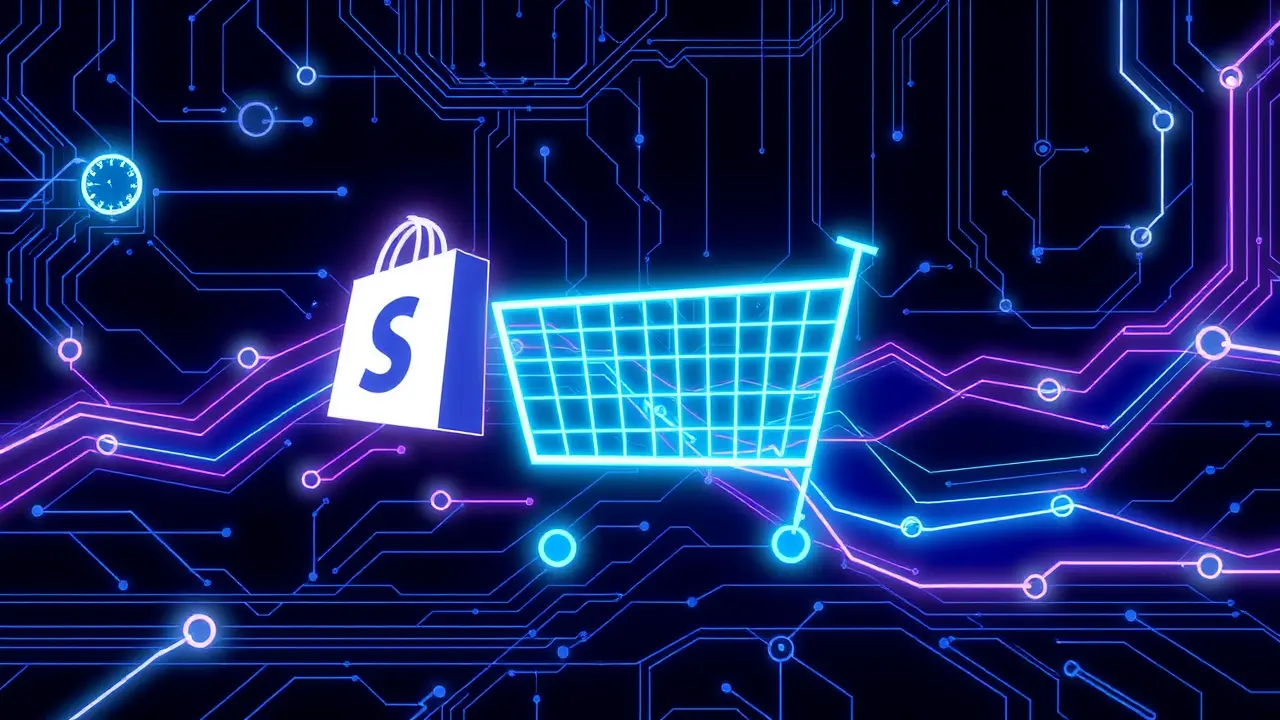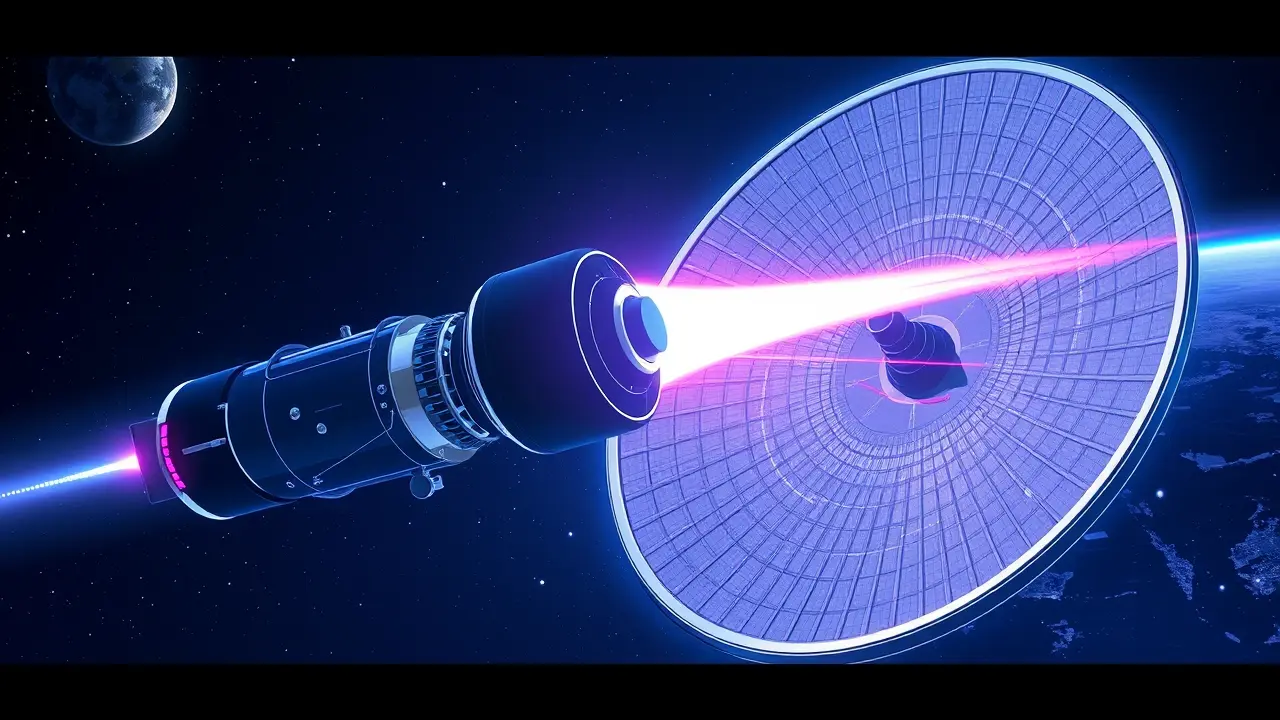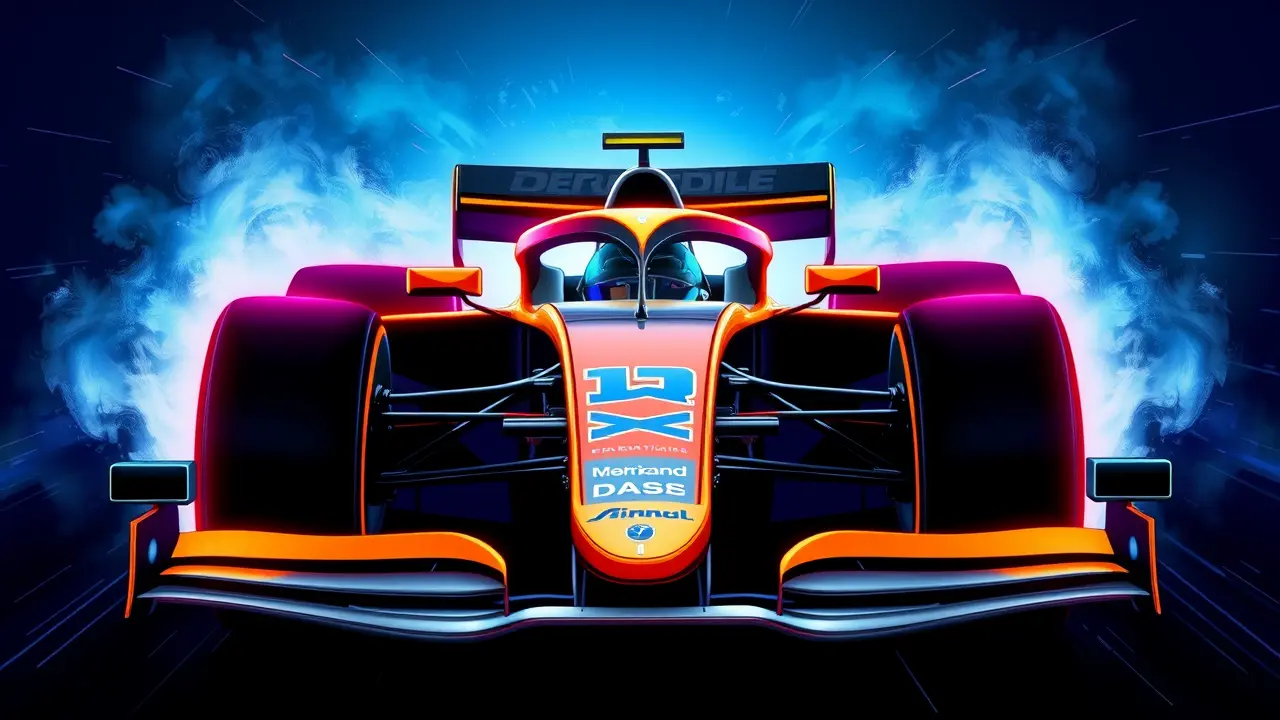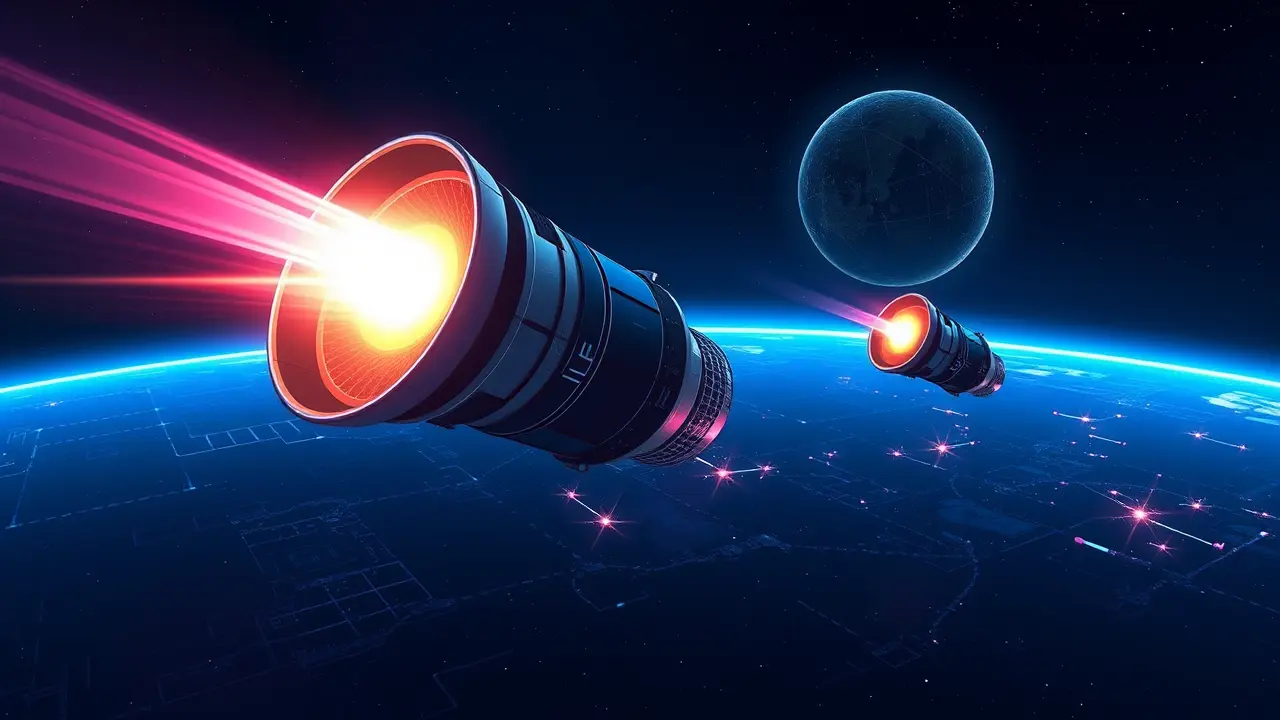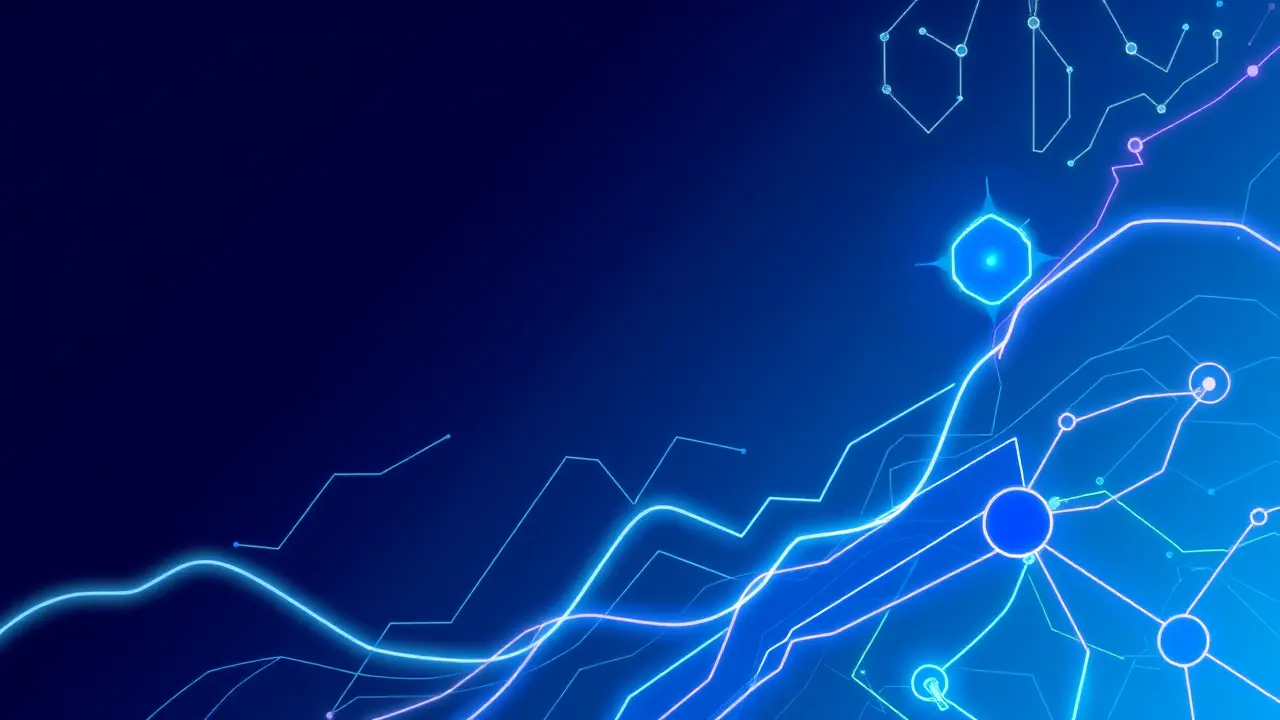
AIenterprise aiCustomer Support Automation
Zendesk Advances AI Agents with GPT-5 and HyperArc Acquisition
DA
Daniel Reed
4 hours ago7 min read
The customer service landscape is undergoing its most profound transformation since the advent of the call center, and Zendesk is positioning itself at the vanguard with a dual-pronged strategy that reads like a playbook for the next era of enterprise AI. By integrating OpenAI's nascent GPT-5 model and acquiring the AI-native analytics platform HyperArc, Zendesk isn't just iterating on its existing offerings; it's architecting a future where autonomous AI agents become the primary interface for customer support.This shift, as articulated by Shashi Upadhyay, Zendesk's president of engineering, AI, and product, is particularly consequential because, unlike creative or coding applications, support agents operate directly on the front lines with customers, demanding an unprecedented level of reliability and brand alignment. The stakes are immense.Zendesk's own data, gathered over the last eighteen months of deploying these agents, reveals a staggering automation rate of nearly 80% for incoming requests, a figure that fundamentally alters the economics and operational dynamics of customer service. This isn't merely about cost reduction; it's about redefining service quality.An AI agent that operates 24/7 with zero queue time provides instant resolution, a capability that not only boosts operational metrics like Customer Satisfaction (CSAT) but also reshapes customer expectations permanently. The remaining 20% of complex cases are seamlessly handed off to human agents, creating a symbiotic relationship where AI handles the routine, freeing humans to tackle the nuanced and emotionally intelligent work they excel at.This trajectory suggests a near-future where the absence of such autonomous capabilities will be a significant competitive disadvantage. The technological underpinnings of this vision, however, require a rigorous, almost academic, approach to model evaluation and deployment.Zendesk's methodology involves continuous, multi-faceted testing across five critical categories: automation rate, execution fidelity, precision, latency, and safety. This benchmarking program is less about raw speed and more about cultivating dependability and accountability, ensuring that every AI agent behaves consistently with a company's brand voice, internal policies, and regulatory frameworks.This is complemented by a dedicated QA agent—an automated monitor that acts as a sentinel over every customer interaction, flagging conversations that deviate in tone or accuracy and alerting a human to intervene. This creates a robust feedback loop, a form of continuous learning that is essential for building trust in autonomous systems.The integration of GPT-5 represents a quantum leap in this endeavor. The evolution from GPT-4 to GPT-5 is not incremental; it's a paradigm shift from a model that answers questions to one that reasons and takes action.In the context of customer support, this translates to an agent that can comprehend a customer's desire to return an item, verify its eligibility against a database, process the return, and issue a refund—all within a single, coherent workflow. Zendesk's close collaboration with OpenAI has yielded tangible performance gains: a 30% reduction in workflow failures, as GPT-5 demonstrates a superior ability to navigate unexpected complexity without losing context, and a more than 20% decrease in fallback escalations to human agents due to more complete and accurate responses.Furthermore, GPT-5's enhanced capability to handle ambiguity and clarify vague customer inputs has automated workflows in over 65% of conversations, while its improved accuracy across five major languages and adherence to tone guidelines make interactions feel less robotic and more like a conversation with a seasoned support professional. Parallel to these model advancements, the acquisition of HyperArc addresses a fundamental gap in traditional support analytics.For decades, analytics platforms have been confined to structured data—ticket open/close times, agent assignments, resolution durations. The true intelligence, however, is buried in the unstructured data: the millions of words exchanged in emails, chats, voice calls, and messaging apps.HyperArc's proprietary HyperGraph engine and generative AI capabilities allow Zendesk to mine this untapped vein of information. The revitalized analytics platform, Explore, can now merge structured and unstructured data, supporting conversational queries and leveraging persistent memory to use past interactions as context.This transforms the support function from a cost center into a strategic intelligence hub. As Upadhyay notes, support interactions contain a candid, real-time audit of everything that is failing in a business—product flaws, confusing UX, shipping delays.The HyperArc-powered system can pinpoint persistent issue patterns, predict emerging bottlenecks during high-traffic events like Black Friday, and provide explicit recommendations for preventive action. This moves customer service from a reactive, problem-solving function to a proactive, strategic asset that can anticipate and mitigate issues before they ever reach a customer, embodying a future where AI doesn't just respond to the present but actively shapes a better future for the entire enterprise.
#featured
#Zendesk
#AI agents
#GPT-5
#HyperArc
#customer service
#automation
#analytics
Stay Informed. Act Smarter.
Get weekly highlights, major headlines, and expert insights — then put your knowledge to work in our live prediction markets.
Related News
© 2025 Outpoll Service LTD. All rights reserved.
